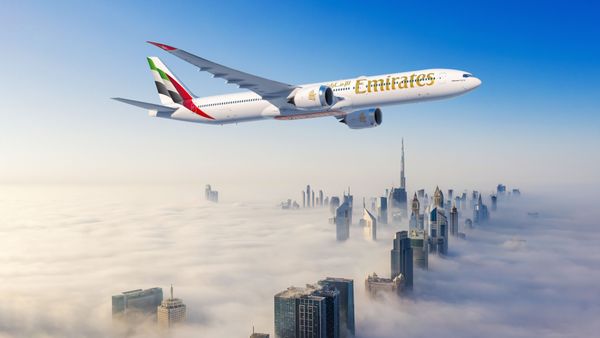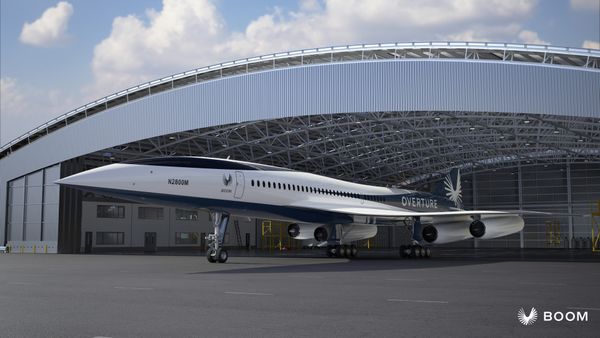ITA Airways (Italia Transporto Aero) has received its first Airbus A330-900neo aircraft!

On Thursday, the newest jet in the new airline’s fleet was flown to Rome from the Airbus final assembly line in Toulouse, France.
For ITA, this new delivery isn’t just the arrival of a new aircraft type but is also a sign of further fleet development and modernization outlined when the airline first launched in 2021. At that time, the airline committed to A330neo and A350 aircraft to replace the aging A330-200 and Boeing 777 aircraft inherited from the decease of Alitalia, the former Italian flag carrier.
While ITA has received several A350s originally due to be delivered to Russian airlines, the airline has not until now received any A330neo aircraft. As a result, lower-demand routes still see the older A330-200 deployed.

This is not necessarily an issue but does mark the fact that ITA is still in the initial growth phases as its route network isn’t any different than former airline Alitalia’s network and many customers still don’t comprehend the restructuring that occurred in 2020 and 2021 to produce a brand new Italian flag carrier without financial challenges, debt, and staffing problems.
As noted by ITA, the airline is proud to partner with Airbus on the new modern and comfortable aircraft to be able to make the airline successful and to deliver on promises to customers. The cabins of the A330-900 will be a 3-class configuration, consisting of Economy, Premium, and Business class offerings.
The initial routes for this new aircraft type for the airline include New York (JFK), Miami (MIA), and Delhi (DEL).
ITA has been working with Airbus for nearly 3 years in order to modernize its older fleet, in addition to the new wide bodies the airline plans to add A320neo family aircraft and A220s to the fleet in the coming years. Most of those airframes will be leased through Air Lease Corporation and will replace older Embraer 190 and Airbus A320s within the 5-10 year time frame.
SFO TSA Officers Still Getting Paid Despite Government Shutdown » Emirates Orders 65 Additional Boeing 777-9 at Dubai Airshow 2025 » Meet the Startup Building the Plane Everyone Else Said Was Impossible »
Comments (0)
Add Your Comment
SHARE
TAGS
NEWS ITA ITA Airways Airbus A330neo A330-900neo Aircraft Delivery ItalyRECENTLY PUBLISHED
 Emirates Orders 65 Additional Boeing 777-9 at Dubai Airshow 2025
Emirates has announced an order for an additional 65 Boeing 777-9X aircraft today at the Dubai Airshow. This deal, valued at USD $38 billion, brings the airline's total 777-9X order count to 270 units. The agreement also includes options to convert orders 777-8 or 777-10 variants.
NEWS
READ MORE »
Emirates Orders 65 Additional Boeing 777-9 at Dubai Airshow 2025
Emirates has announced an order for an additional 65 Boeing 777-9X aircraft today at the Dubai Airshow. This deal, valued at USD $38 billion, brings the airline's total 777-9X order count to 270 units. The agreement also includes options to convert orders 777-8 or 777-10 variants.
NEWS
READ MORE »
 The Hidden Pilot Problem That Could Make or Break Boom's Supersonic Jet
AeroXplorer recently spoke with Tristan Brandenburg, Boom Supersonic's Chief Test Pilot. In conversation, it became evident that in the months leading up to Overture's rollout, one of Boom's most complex challenges might not be in the wind tunnel, but in the cockpit.
STORIES
READ MORE »
The Hidden Pilot Problem That Could Make or Break Boom's Supersonic Jet
AeroXplorer recently spoke with Tristan Brandenburg, Boom Supersonic's Chief Test Pilot. In conversation, it became evident that in the months leading up to Overture's rollout, one of Boom's most complex challenges might not be in the wind tunnel, but in the cockpit.
STORIES
READ MORE »
 LOT Polish Airlines Announces New Route to San Francisco
LOT Polish Airlines has announced a new direct route from Warsaw to San Francisco, enhancing connectivity between Europe and a major U.S. technology hub. This route presents significant opportunities for both business and leisure travelers alike.
ROUTES
READ MORE »
LOT Polish Airlines Announces New Route to San Francisco
LOT Polish Airlines has announced a new direct route from Warsaw to San Francisco, enhancing connectivity between Europe and a major U.S. technology hub. This route presents significant opportunities for both business and leisure travelers alike.
ROUTES
READ MORE »



